Remember when you could identify a decade just by walking into someone’s house? The 1970s had its own unique olfactory fingerprint, a mixture of synthetic fabrics, cigarette smoke, and chemicals that would probably send today’s health-conscious generation running for the hills. Yet for those of us who lived through that groovy era, these scents trigger something deeper than nostalgia—they’re the aromatic time machine that instantly transports us back to simpler times. Sure, we know better now about indoor air quality and toxic substances, but there’s something undeniably comforting about remembering the distinctive smells that defined our childhoods and young adult years.
1. Fresh Mimeograph Paper
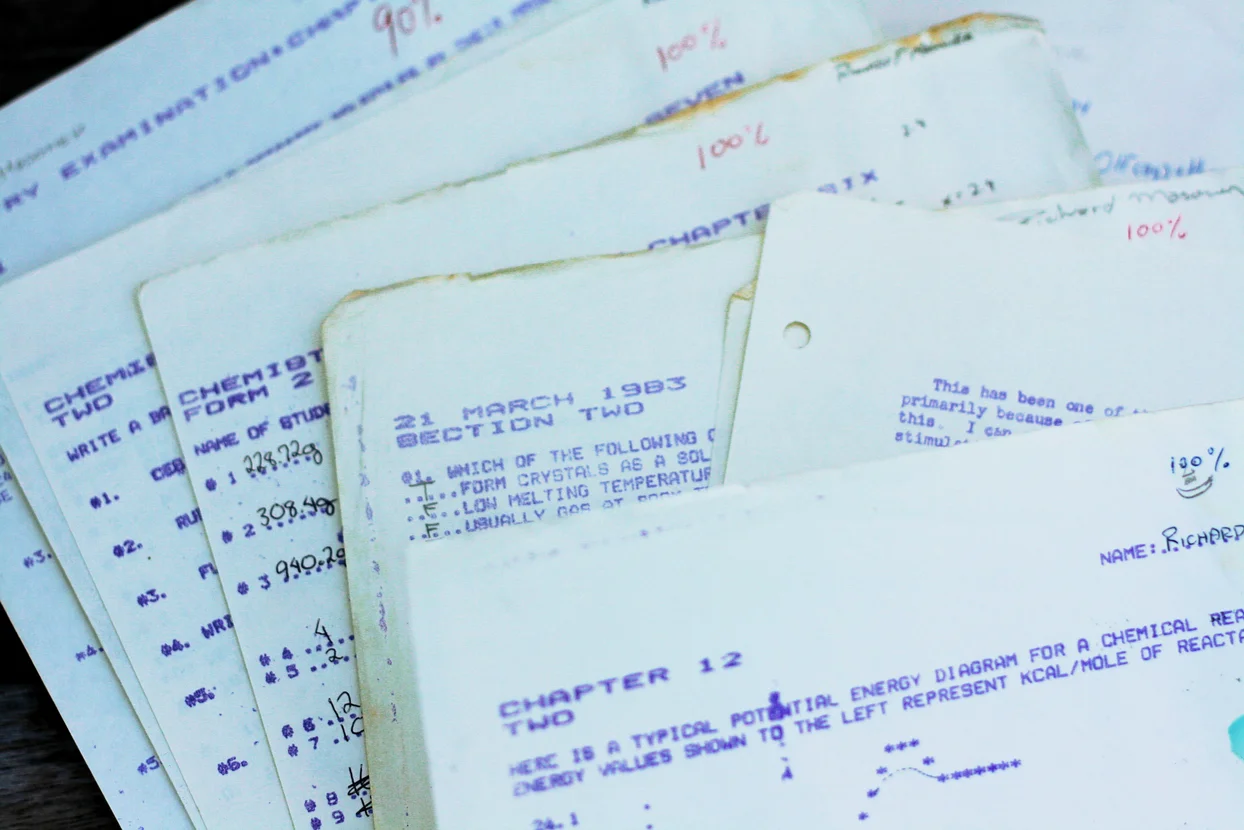
That sweet, alcoholic smell of freshly printed worksheets from the school mimeograph machine was practically intoxicating to kids in the ’70s. Teachers would hand out those purple-inked papers, and we’d all take deep whiffs like we were sampling fine wine. The ditto machine’s distinctive scent came from methanol in the duplicating fluid, and getting the “first copy” meant you got the strongest, most potent whiff. Not only did this ink have an amazing fragrance, but, according to HowStuffWorks, the mimeograph comes with a fascinating history of its own.
Looking back, we probably shouldn’t have been huffing school supplies, but that smell meant fresh assignments, new lessons, and the excitement of learning something new. The aroma was so distinct that it became part of the classroom experience, as much a part of education as chalk dust and erasers. Modern photocopiers just don’t have the same aromatic appeal—progress sometimes lacks personality.
2. Station Wagon Vinyl Seats in Summer
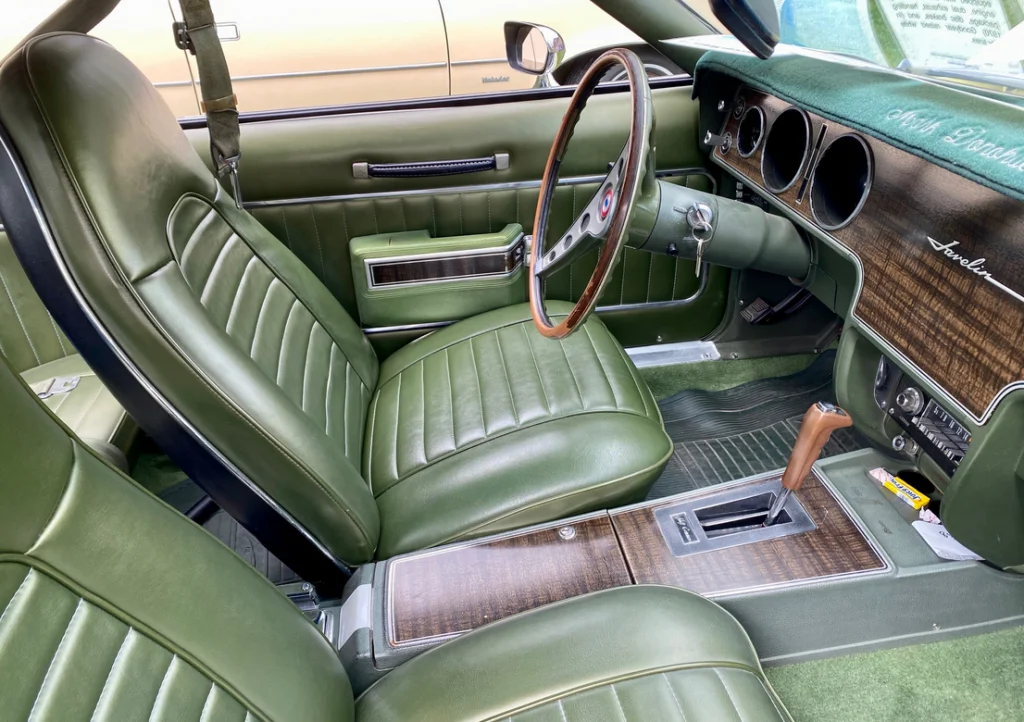
Nothing quite compared to sliding across those scorching hot vinyl bench seats in the family station wagon during summer road trips. The smell was a unique cocktail of heated plastic, artificial leather treatment, and that slightly toxic off-gassing that we now know wasn’t exactly healthy. Add in the lingering aroma of cigarette smoke and maybe some spilled soda, and you had the signature scent of family adventures. Mental Floss travels back to a time when these nostalgic vehicles and that very particular scent ruled the road.
Those vinyl seats were torture chambers in July, but they were our torture chambers. The smell meant family vacations, trips to the drive-in movie theater, and endless summer possibilities stretched out before us. Today’s cars with their fancy leather and climate control just don’t have the same character—sometimes discomfort builds the best memories.
3. Aqua Net Hairspray
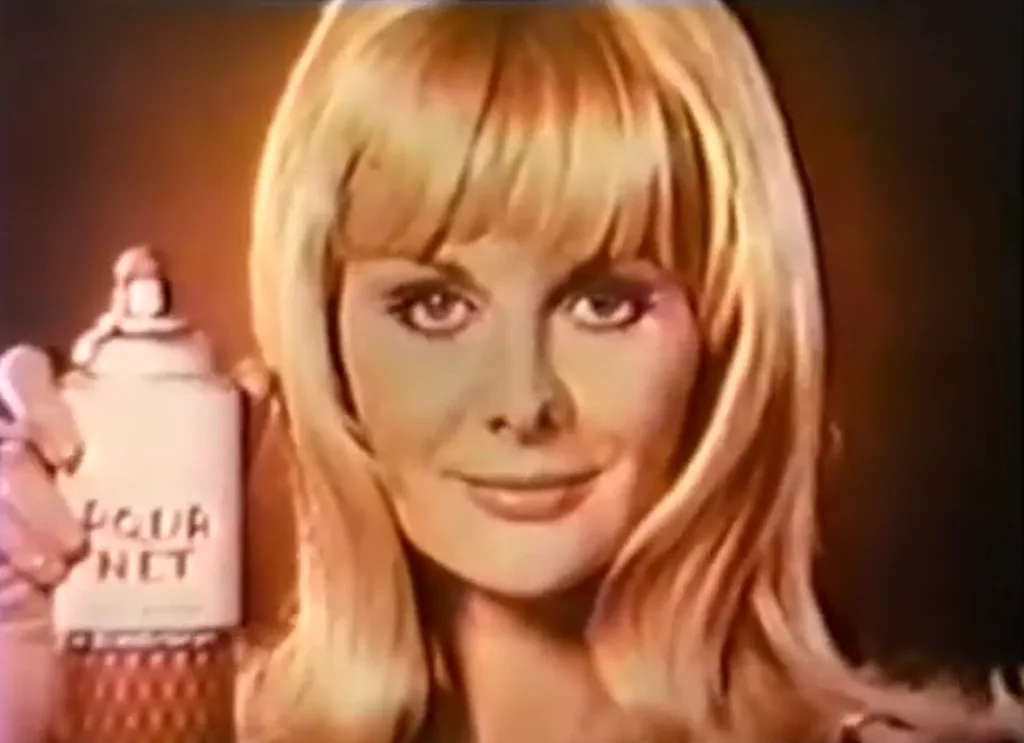
The chemical cloud of aerosol hairspray was thick enough to create its own weather system in most ’70s bathrooms. Aqua Net and similar brands promised to hold the most elaborate hairstyles in place through wind, rain, and disco dancing. The sweet, sticky scent would linger in the air long after the styling session ended, creating a protective dome around carefully teased and feathered hair. According to Glamour, there was even a time that Aquanet, and by extension that particular aroma, enjoyed a comeback.
This smell meant someone was getting ready for something special, taking the time to create the perfect look that would last all day and into the night. It represented the effort people put into their appearance and the belief that with enough product, any hair could be transformed into a work of art. The ozone layer might not have appreciated it, but that aerosol hiss followed by the chemical sweetness meant glamour was happening.
4. Shag Carpet Cleaner
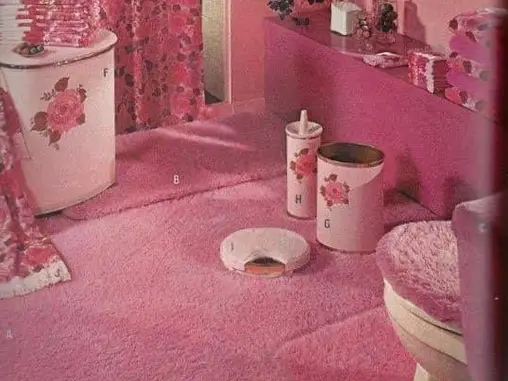
The chemical tang of carpet cleaning solutions was a regular household scent in the ’70s, thanks to all that wall-to-wall shag carpeting that trapped everything from pet hair to last week’s snack crumbs. Brands like Resolve and Woolite carpet cleaner had their own distinct chemical signatures that promised to lift stains and restore that “new carpet” smell. The foam would bubble up from the depths of that orange or avocado green shag, bringing with it months of accumulated family life.
Saturday morning carpet cleaning sessions meant the whole house was getting spruced up for something special—maybe company coming over or just Mom’s weekly deep-clean ritual. The smell represented transformation, the idea that with enough elbow grease and the right chemicals, anything could be made fresh again. Modern steam cleaners and eco-friendly solutions work better, but they lack that satisfying chemical punch that made you feel like you were really accomplishing something.
5. Wood Paneling Polish
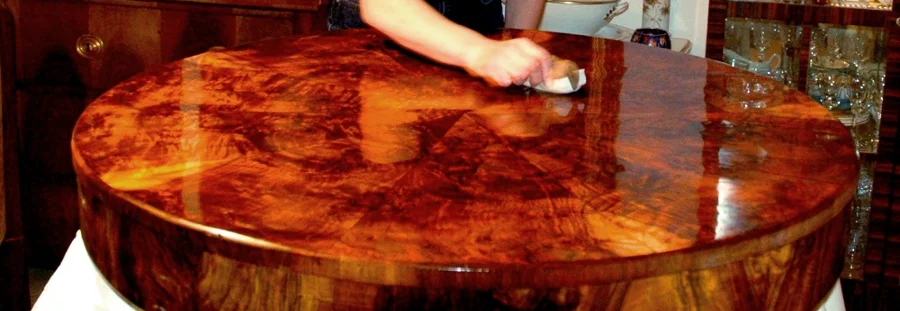
Lemon Pledge and other furniture polishes worked overtime in the ’70s, trying to make all that fake wood paneling gleam like real timber. The waxy, lemony scent would fill entire rec rooms and basements as families tried to maintain their wood-grain paradise. These sprays promised to “feed” the wood, even though most of it was just printed vinyl over particleboard.
The smell meant someone cared enough about the house to make it shine, even if the “wood” was completely artificial. It represented pride in homeownership and the belief that proper maintenance could make anything beautiful. There was something satisfying about seeing that paneling gleam under the light of those hanging macramé lamp shades, even if we now know it was all an elaborate illusion.
6. Polyester Blend Clothing Fresh from the Dryer
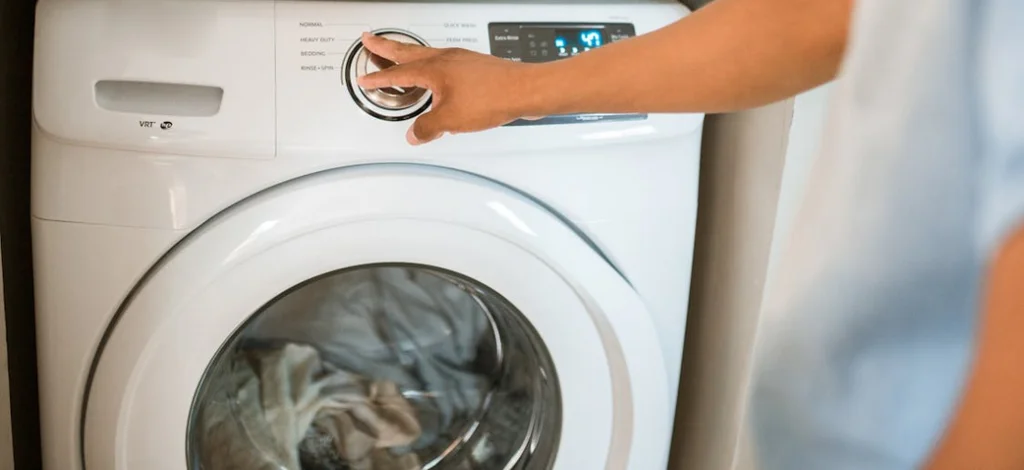
The synthetic smell of polyester clothing warm from the dryer was the scent of convenience and modern living. These miracle fabrics promised wrinkle-free living and easy care, and they delivered with their own distinctive chemical bouquet. Mixed with fabric softener and dryer sheets, the aroma represented liberation from the iron and the promise that laundry day didn’t have to be an all-day affair.
That slightly plasticky, warm smell meant you could grab clothes from the dryer and head straight out the door without worrying about wrinkles or complicated care instructions. It was the scent of progress, of synthetic solutions to age-old problems. While we’ve learned to appreciate natural fibers again, there was something reassuring about fabrics that seemed bulletproof against the challenges of busy family life.
7. Hai Karate and Brut Cologne
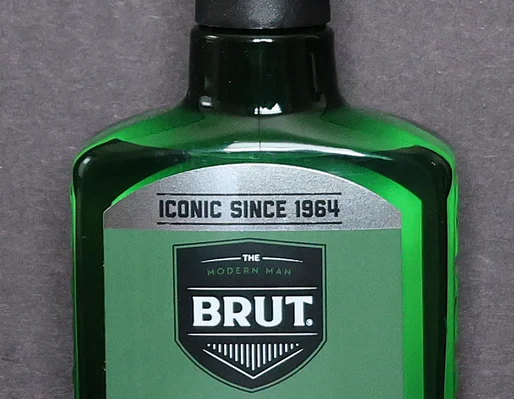
The aggressive, spicy scent of men’s cologne in the ’70s could clear a room or attract every woman within a five-mile radius, depending on who you asked. Hai Karate, Brut, and Old Spice weren’t subtle fragrances—they were olfactory declarations of masculinity that lingered in the air long after their wearers had left. The bottles themselves looked like weapons, with names that promised adventure and romance.
These colognes represented a time when more was definitely more, when subtlety was for weaklings and real men announced their presence with a cloud of fragrance. The smell triggers memories of high school dances, first dates, and the nervous excitement of trying to impress someone special. Modern fragrances are more sophisticated, but they lack that bold confidence that made ’70s cologne unforgettable.
8. TV Dinners Heating in Aluminum Trays
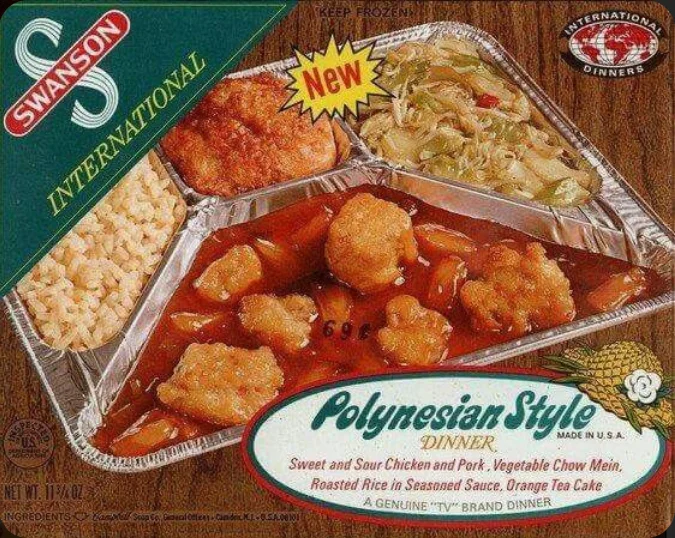
The metallic, processed smell of TV dinners heating in their compartmentalized aluminum trays was the aroma of modern convenience. Brands like Swanson and Banquet promised complete meals with minimal effort, and the scent of Salisbury steak and mashed potatoes warming in the oven meant dinner was handled. The aluminum itself added its own distinct note to the overall bouquet.
This smell represented freedom from traditional cooking and the exciting possibility that technology could solve even mealtime. It meant busy parents could feed their families without spending hours in the kitchen, and kids could eat dinner while watching their favorite shows. The aroma was progress served on a disposable tray, even if we now recognize that convenience sometimes came at the cost of nutrition and flavor.
9. Cigarette Smoke Everywhere
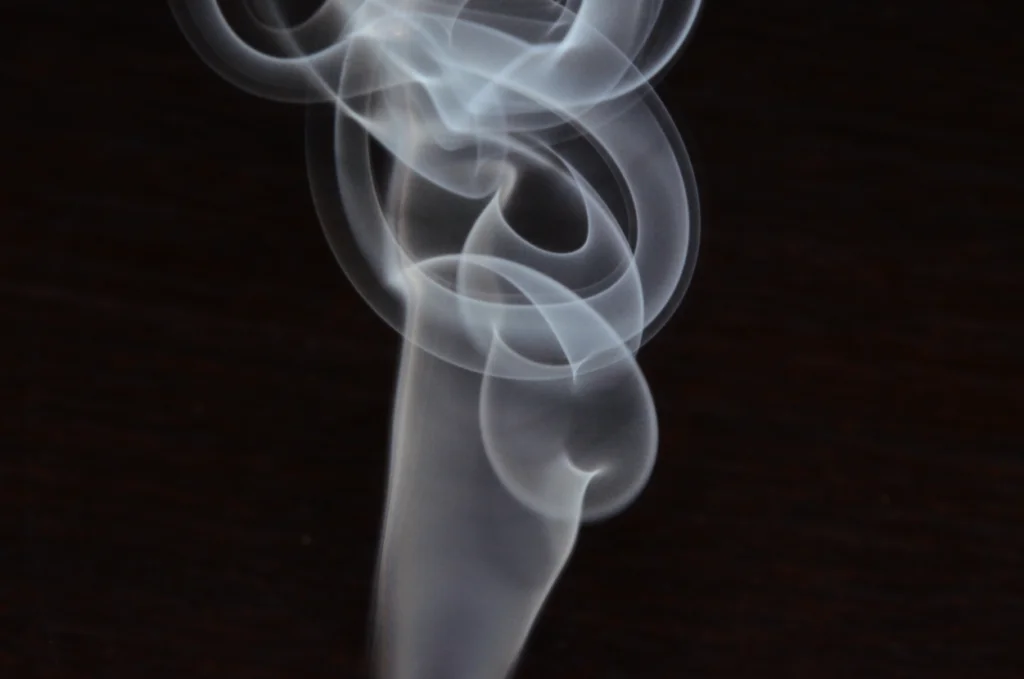
Before we understood the health risks, cigarette smoke was simply the background scent of adult life in the ’70s. Restaurants, airplanes, offices, and homes all carried that distinctive tobacco aroma that clung to everything from curtains to clothing. It wasn’t just present—it was pervasive, creating a hazy atmosphere that seemed sophisticated and grown-up to our young eyes.
While we’d never want to return to those smoke-filled days, the smell triggers memories of dinner parties where adults seemed impossibly glamorous, airplane flights that felt like adventures, and restaurants where the lighting was dim and conversation felt important. That particular blend of tobacco, match sulfur, and ashtrays somehow represented a world where adults had mysterious, complicated lives that we couldn’t wait to join. The absence of that smell in today’s world sometimes makes spaces feel almost too clean, too sterile.
10. New Car Interior with Vinyl Seats
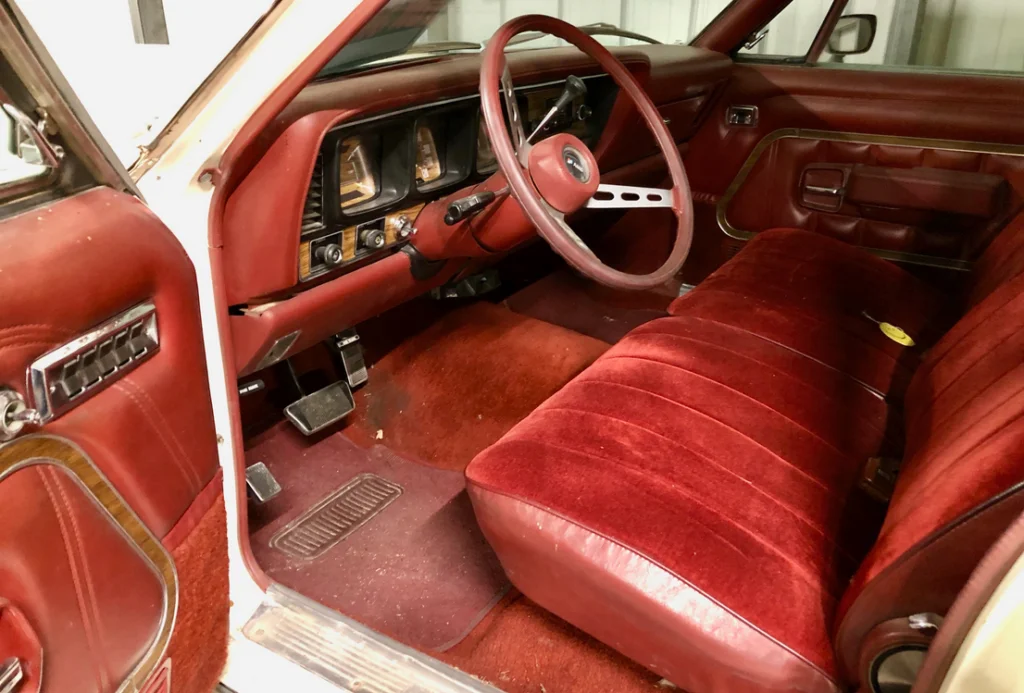
The intoxicating smell of a brand-new car in the ’70s was a mixture of vinyl, adhesives, and manufacturing chemicals that created an aroma of possibility and achievement. Unlike today’s cars that try to minimize off-gassing, ’70s vehicles celebrated their synthetic origins with a chemical bouquet that said “new” louder than any price tag. The smell was strongest on hot days when the vinyl seats and dashboard would warm up and release their aromatic promises.
That new car smell represented success, the American dream realized in the form of fresh transportation. It meant someone had worked hard enough to afford something brand new, something that hadn’t belonged to anyone else first. The aroma was hope and pride mixed together, the scent of mobility and independence that would carry families to new adventures.
11. Basement Recreation Rooms
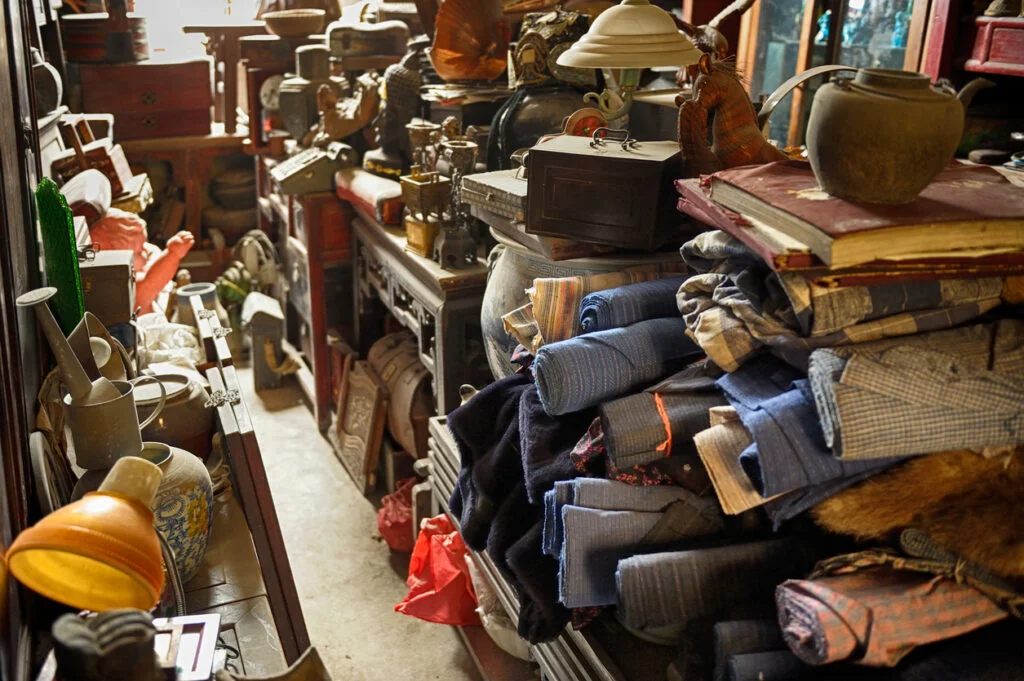
The musty, slightly damp smell of finished basements was the signature scent of ’70s family entertainment. These underground retreats combined the earthy aroma of concrete and moisture with the synthetic smells of carpet padding, wood paneling, and whatever mysterious substances were used to “waterproof” these subterranean spaces. The air was thick with possibility and the promise of fun away from adult supervision.
This distinctive basement bouquet meant freedom, the place where kids could be loud and messy without disturbing the upstairs world. It was the smell of pool tables and ping-pong games, of teenage parties and secret conversations. Modern finished basements with proper ventilation and moisture control are much healthier, but they lack that mysterious, slightly forbidden aroma that made basement recreation rooms feel like secret hideaways.
12. Coppertone Suntan Lotion

The coconut-vanilla scent of Coppertone suntan lotion was the official fragrance of summer in the ’70s, back when getting a deep tan was considered healthy and attractive. The thick, oily lotion promised protection while delivering that golden bronze that everyone coveted. Mixed with chlorine from swimming pools and the salt air of beach vacations, it created an aromatic cocktail that meant freedom from school and endless summer days.
This smell represented a more carefree attitude toward sun exposure, when “base tans” were considered essential preparation for beach season. It was the scent of optimism and leisure, of long afternoons spent perfecting the perfect tan line. While we now know better about UV protection and skin cancer risks, that distinctive Coppertone aroma still triggers memories of simpler summers when our biggest worry was avoiding tan lines.
13. Love’s Baby Soft Perfume
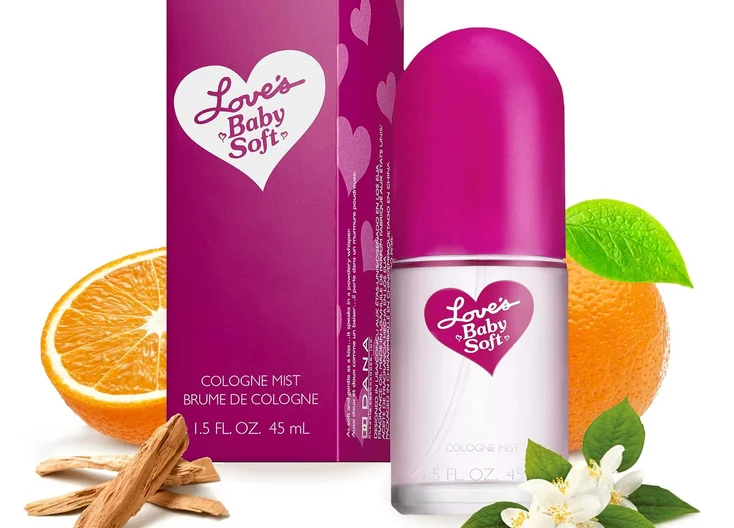
The powdery, innocent scent of Love’s Baby Soft was the signature fragrance of teenage girls in the ’70s, promising to make them smell “innocent and sexy” all at once. The perfume came in a simple bottle with a pink label, and its baby powder fragrance was designed to be sweet without being overwhelming. It was affordable enough for allowance money but sophisticated enough to make young girls feel grown-up.
This particular scent represented the complicated transition from childhood to adulthood, offering a safe way to experiment with femininity and romance. It was the smell of first crushes, school dances, and the delicate navigation of growing up in a complicated world. The fragrance promised that innocence and appeal could coexist, creating an olfactory bridge between being someone’s little girl and becoming someone’s girlfriend.
These weird and wonderful smells might not pass today’s health and safety standards, but they created the aromatic backdrop of our youth. In an age of organic everything and air purifiers, there’s something oddly comforting about remembering when life was a little more toxic but somehow felt more authentic. Sure, we’re probably healthier now, but we’re also a little less interesting—and our houses definitely don’t smell as memorable.



